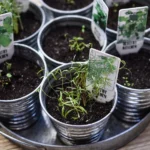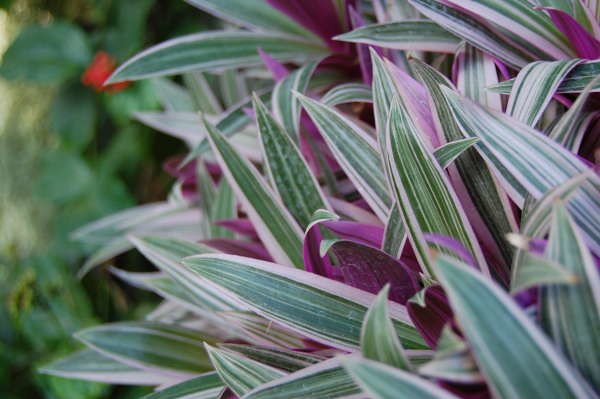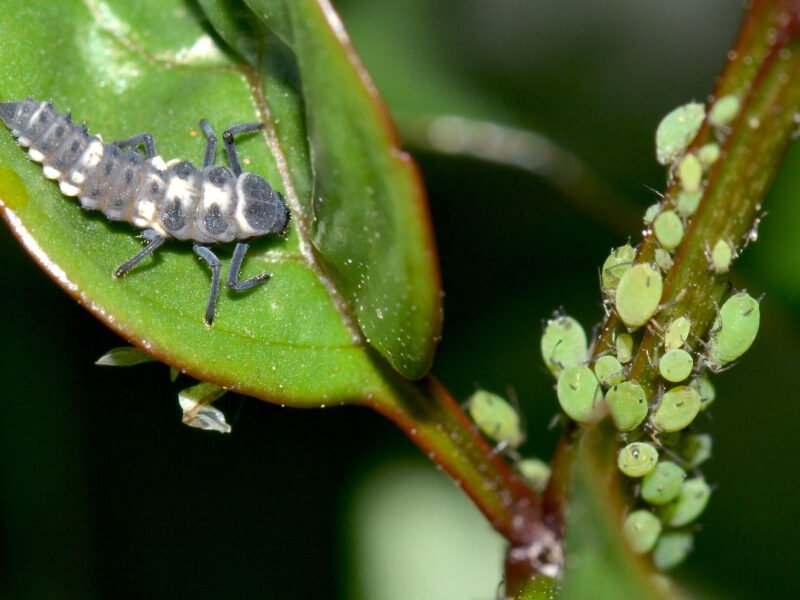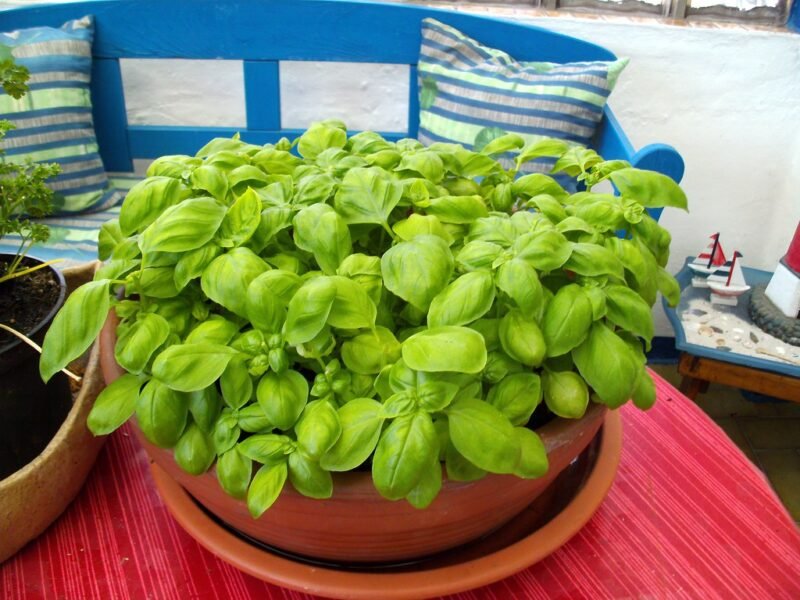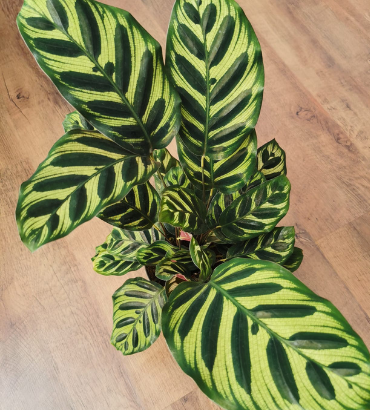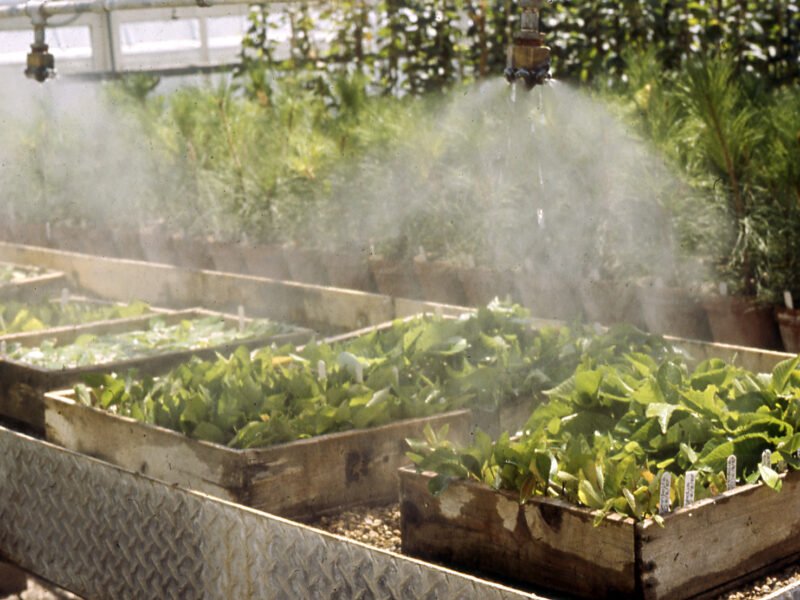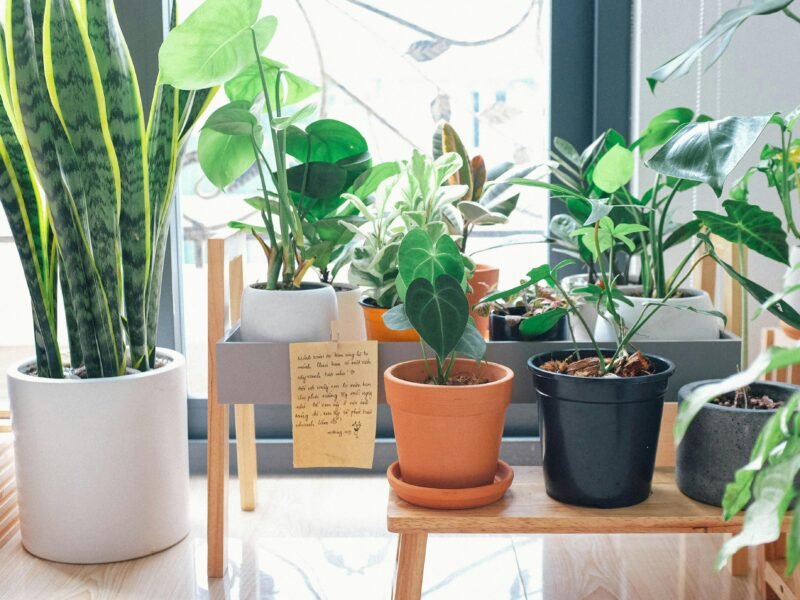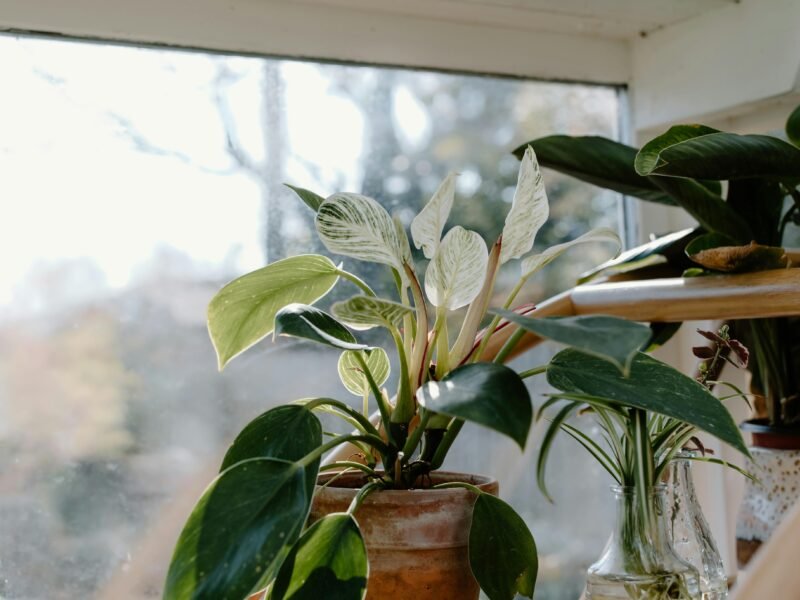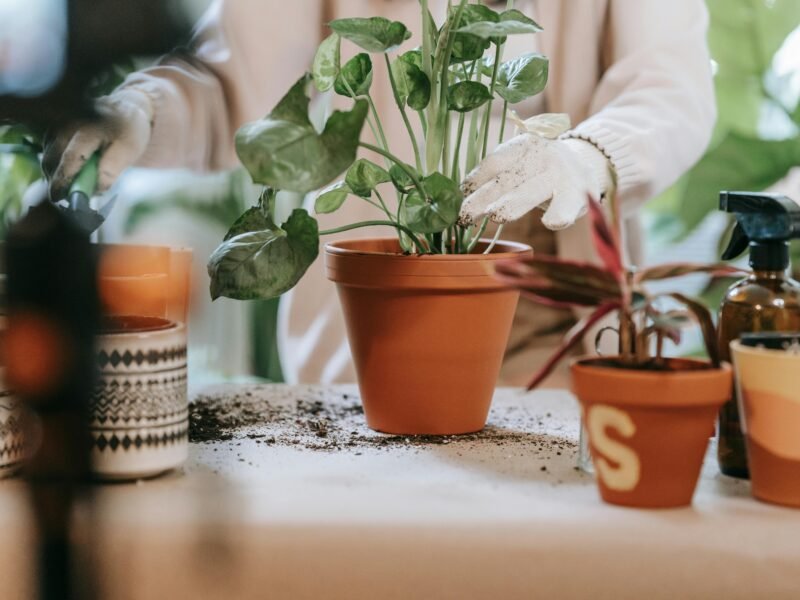Peace Lily Plant
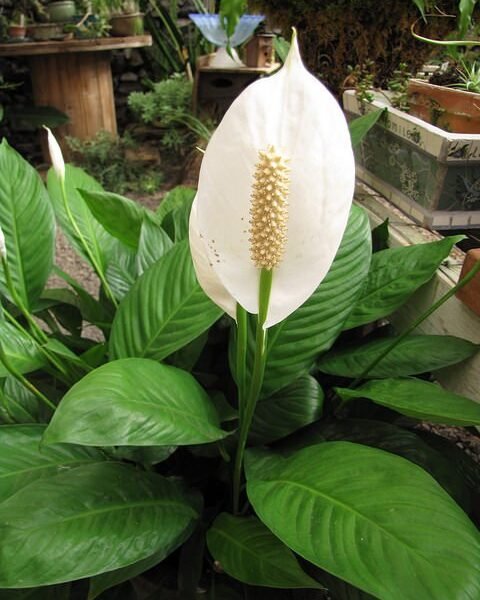
Peace lily plant (Spathiphyllum spp.) is so popular as an indoor plant because of its beauty, care, and simplicity. The Peace Lily is famous for its long, shiny green leaves and striking white flowers (actually spathes), which makes it perfect to bring sophistication to any indoor setting. Apart from its charm, this plant also has air-purifying properties and can detoxify common indoor toxins like formaldehyde and benzene. Combining a plant that tends to do better in low light and telling you where it wants you to put it with relatively easy care (overwatering is one of the surest ways we kill houseplants—take those directions seriously) means this might be an ideal choice for someone new or seasoned. Beyond its use as a decorative ornament, the peace lily holds a distinct advantage due to its reputation as one of these types.
This article will explain the types, care requirements, their potential benefits, and the common issues encountered during their growth, ensuring you enjoy their blooms for years to come.

Table of Contents
TogglePeace Lily Plant Characteristics
A tropical, evergreen plant, the peace lily (Spathiphyllum) hails from the rainforests of Central and South America. Both of its dark green, lance-shaped leaves, and distinctive white spathes, often confused with flowers, give the impression that the plant is native to the tropics, even in an indoor environment. Its spathes, which are actually modified leaves, enclose a dense cluster of small, pale yellow flowers. These spathes flower on an all-year-round basis, so the peace lily is a delightful choice if you want continuous beauty throughout the year.
A relatively small plant, peace lilies generally grow between 16 inches and 6 feet tall. Therefore, you can use them in a variety of indoor environments. Apart from these, peace lilies are known for their ability to clean the air (we will delve deeper into this).
Types of Peace Lily Plant
Most often, the term “Peace Lily” refers to the entire genus of plants; my Essence List includes several different species in addition to the native water plants (aquatic plants). The following are some of the principal varieties:
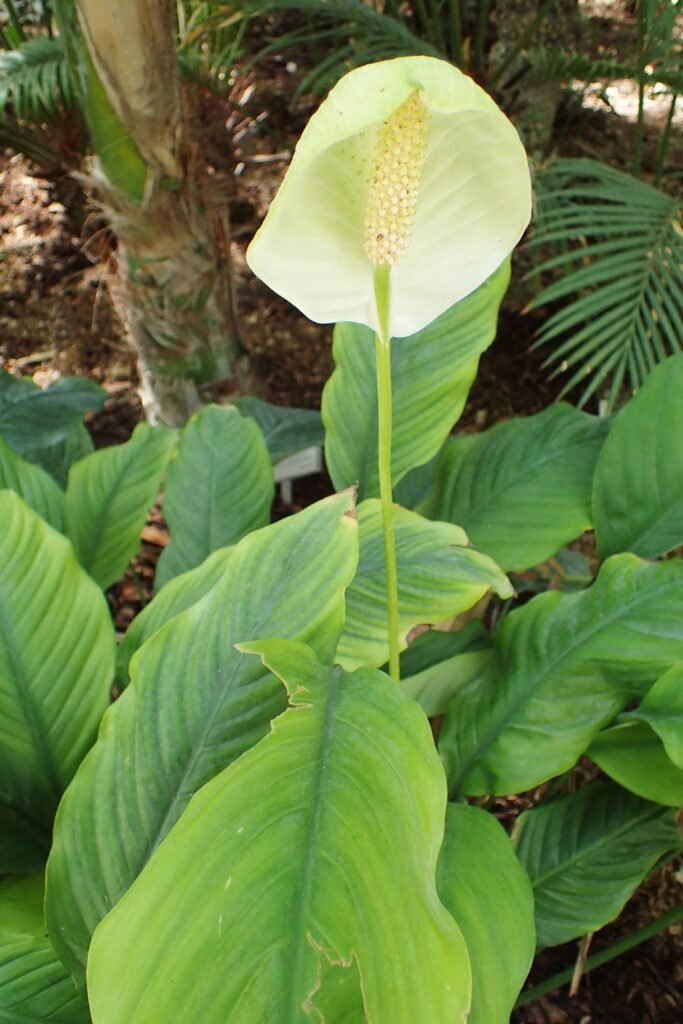
Spathiphyllum ‘Mauna Loa’: One of the largest and showiest peace lilies. This plant features large, shiny deep green leaves and beautiful white blossoms up to 6-inch length. ‘Mauna Loa’ is both vigorous and stunning, making for a grand statement in any room.
Spathiphyllum ‘Domino’: The Domino Peace Lily is a unique species characterized by its splattered foliage. The leaves are colorful with white or yellow spots, making a pleasing visual contrast. And despite its striking appearance, this easy-care nature is true for ‘Domino’, just like other Peace Lilies.
Spathiphyllum ‘Clevelandii’: This unflappable variety has more slender, spadelike leaves and tends to be on the smaller side—our pick if you need a more compact peace lily. With dainty white flowers, it is a good choice for desktop or shelf display and comes into its own with the comfy care list of any other Ficus.
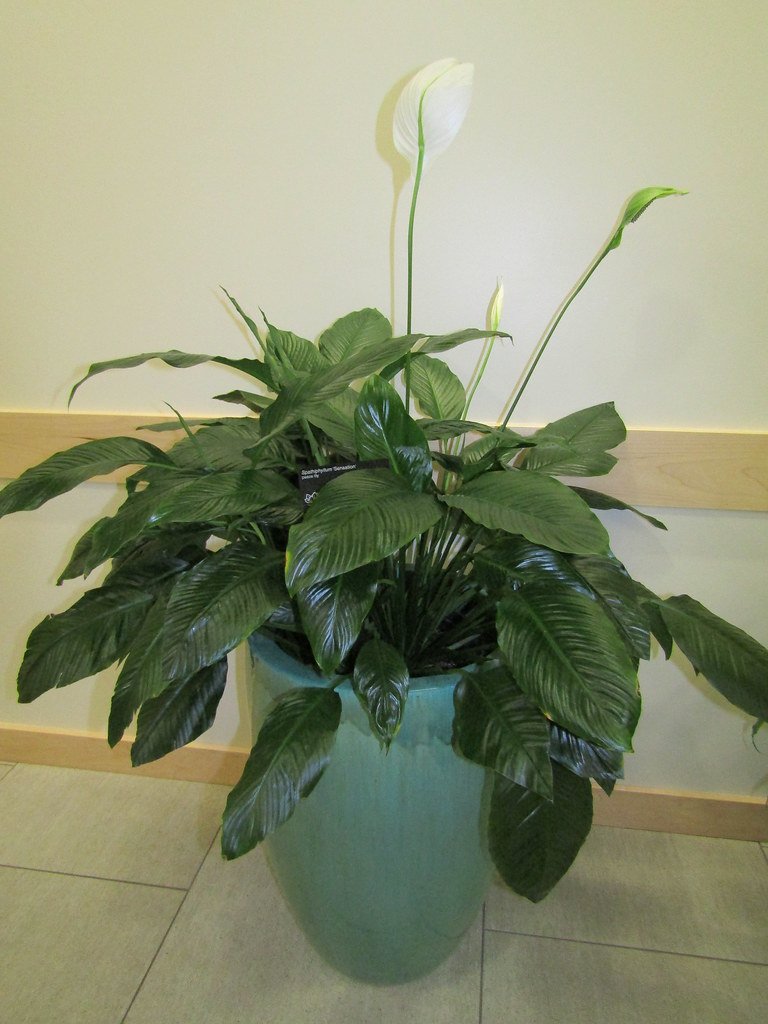
Spathiphyllum ‘Sensation’ is renowned for its large, broad leaves and attractive flower spikes. The Sensation Peace Lily is a striking plant that immediately makes an impact in any room due to its thick foliage and white flowers, making it a top choice for anyone who loves plants.
There are differences in appearance between different types of Peace Lily plant, but all will be similarly low maintenance and air-purifying. Whether you want a bold, statement plant or simply some attractive contrast pieces to give your indoor garden an extra dimension of interest, the Peace Lily makes for a wonderful choice.
The Peace Lily Specs
Peace Lily plant is Graceful, with lance-shaped leaves and white blooms. Some of the features include:
Leaves: Peace lily plant’s leaves are dark green, shiny, and up to 12 inches long. It has dense foliage that gives it a more tropical feel.
Flowers: The Peace Lily’s plant flowers are not true lilies, but modified leaves surrounding a spike or spadix in the center. The spathes are generally white, though they may also be cream or light green in some species. Grown as a houseplant, the orchid blooms off and on all year. It blooms most prolifically in spring and summer.
Size and Growth: Peace Lilies grow 1-4 feet wide, depending on the variety.
Habit: compact, upright clumping plant. It propagates through its subterranean rhizome, and mature plants can produce offspring for removal and potting.
Care Requirements
As for monochrome systems, peace lilies are one of the other relatively hassle-free houseplants that is ideal for both new and old indoor gardeners. Care Follow these essential care instructions for the best results.
Light: Peace Lilies prefer bright, indirect light, but they can withstand low to no-light conditions. Direct sunlight can scorch its leaves, which also tends to reduce its blooming. Therefore, filtered light is the best option. Place them in an east- or north-facing window, several feet away from a south-facing window.
Watering: Water the Peace Lily as soon as it needs a drink, but avoid leaving it in the wet. Keep the top inch of soil completely dry between waterings. If you overwater, it can cause root rot; if you submerge, the plant will be limp and leaves yellow. Water the plant until water runs out of the bottom.
Humidity: Peace lilies prefer more humidity. But during the dry winter, when heating systems are in overdrive inside our homes, it can be helpful to increase humidity around that plant. You would have to mist the plant frequently, turn on a humidifier in its vicinity, or put it on top of a water- and pebble-filled tray. You can read more about humidity here.
Soil: Good Drainage: The potting mix you use when planting Peace Lilies should drain well. High-Quality
Indoor Plant Mix: The mix should consist of equal parts of Potting Soil, Peat Moss, and Perlite. The roots should remain moist, but they should still have the opportunity to dry out so that extra water can run away.
Fertilizing: During the growing season, which ranges between spring and summer, peace lilies appreciate regular feeding. Use a 2030 liquid fertilizer, which is applied every four to six weeks. Do not fertilize excessively, as it causes salts to accumulate and can harm leaves. During the fall and winter months, when plant growth slows down, it is advisable to reduce or cease fertilization. Read more about peace lily plant care tips here.
Benefits of Peace Lily Plant

Improves Air Quality: One of the better-known benefits is that they help clean indoor air. They also pull toxins from the air—including formaldehyde, benzene, and trichloroethylene—which makes them a perfect companion to any room.
Easy to maintain: Peace Lilies are easy-care plants that tolerate some degree of neglect. They can withstand low light and irregular watering, making them ideal for busy people or those who tend to neglect their plants.
Beauty: Stylish white flowers and dark green leaves make this plant very aesthetic. They fit in perfectly, from modern to traditional decor styles.
Peace lily plant is known for its transpiration, which can help boost overall humidity in the air near you. This could be beneficial for other plants and those of us in dry climates.
Issues and Solutions
While Peace Lilies are normally hardy plants, there are a few common issues to watch out for. Here’s how to address them:
Yellowing Leaves: Below-average leaf color can result from overwatering, poorly drained soil, or nutrient deficiencies. Make sure the plant is not standing in excessive water and that its pot has proper drainage. If the issue is persistent, revisit your fertilizing schedule.
Brown Tips on Leaves: The brown tips are most commonly the result of too dry/low humidity or overwatering. Provide the ambient humidity around our plant and keep watering. Do not allow the plant to dry out right away.
Wilting or drooping: These are symptoms of both overwatering and underwatering. Check the dryness of your soil and water it properly. If you have overwatered the plant, let it dry and then start watering again.
Common pests: These include spider mites, aphids, and mealy bugs. Inspect your plant for bugs regularly, and treat them with insecticidal soap or neem oil. Extreme infestations may require a quarantine to keep the virus from spreading.
Blooming Difficulty: If your Peace Lily plant is not blooming, it might need more light or supplemental fertilization. Make sure it is receiving enough indirect light, and adjust your fertilizer routine. Remember that peace lilies may bloom less often in winter.
Peace Lily plant should cross your path. If you have any experience growing indoor plants at all, there is probably a peace lily in between. Its large, white spaces and air purification ability make it an aesthetic fit in both residential and office spaces. If you adhere to these caring tips, your peace lily plant will thrive in the spotlight and require minimal maintenance over time. For anyone looking to fan away indoor pollution or add some green vibrancy to their home interiors, the Peace Lily Plant is a great addition to your indoor garden.
If you are looking to bring peace into your life, the symbolic relationship it has with peace, purity, and its ability to bounce back, combined with living in a shady space, peace lily plant is ideal.
Most Viewed
Latest Articles










